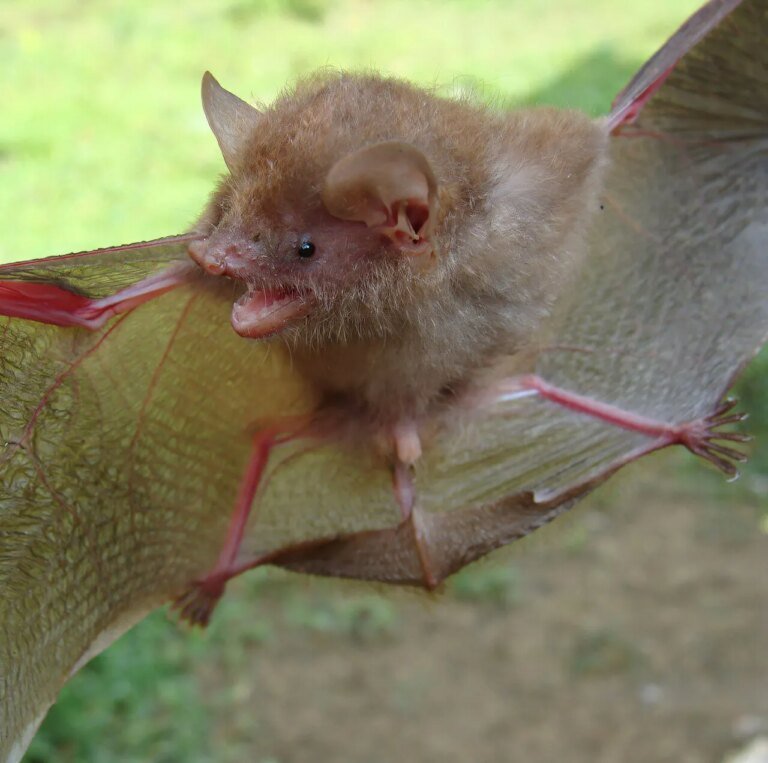A few weeks ago, conservationists announced the milestone discovery of the 1500th known bat species, Pipistrellus etula. October’s Bat Appreciation Month celebrations apparently aren’t done yet. With only a few days remaining before Halloween, a research team has described another six new species residing in the Philippines for the journal Zootaxa. Collectively known as tube-nosed bats thanks to their distinctive snouts, the tiny creatures showcase not only their habitat’s biodiversity, but the biodiversity seen within the world’s only true flying mammals.
“I’m astonished at how much we still don’t know about the natural world, such as how many bat species there are,” Burton Lim, study co-author and assistant curator of mammals at the Royal Ontario Museum, said in a statement. “Before we started our research, there were only two species of tube-nosed bats reported from the Philippines.”

Lim and his colleagues spent years conducting morphological examinations and genetic tests of specimens collected across the islands. While they eventually confirmed one of the previously reported tube-nosed bats, they realized that the second species didn’t actually live in the Philippines. Instead, they documented a closely related, previously unknown species—along with five more. Each species weighs 4–14 grams, with some of the first specimens collected with assistance from the Philippine government as far back as 1988. They are now classified as Murina alvarezi, Murina baletei, Murina hilonghilong, Murina luzonensis, Murina mindorensis, and Murina philippinensis.
“These bats are notoriously elusive, so the tube-nosed bat collection this study examined was cobbled together over many years, expeditions, and memorable experiences–one bat at a time,” added study co-author and Lawrence University biological scientist Jodi Sedlock.
Although the purpose of each bat’s tube-shaped nostrils remains unknown, Sedlock theorizes they likely offer the animals a better sense of directional smell. With its total bat tally now standing at 85, the Philippines possesses almost double the number of native species found in the United States.
“This latest research serves to illustrate how much remains unknown about the countless species with which we coexist,” said Royal Ontario Museum curator emeritus of mammals Judith Eger. “Expanding our knowledge of biodiversity is essential to understanding and managing our environment on behalf of humanity and the other species on which the vitality of our planet depends.”
Bat Appreciation Month continues through the end of October. In the United States, the finale usually takes the form of a Bat Beauty Contest run by the Bureau of Land Management, although its fate remains up in the air due to the ongoing government shutdown.



